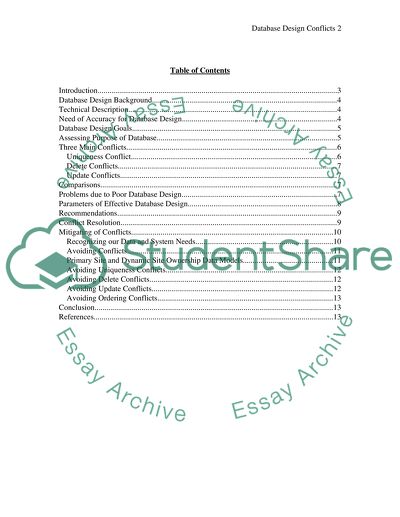Cite this document
(“Understanding and overcoming Database Design conflicts Research Paper”, n.d.)
Retrieved from https://studentshare.org/family-consumer-science/1407352-understanding-and-overcoming-database-design
Retrieved from https://studentshare.org/family-consumer-science/1407352-understanding-and-overcoming-database-design
(Understanding and Overcoming Database Design Conflicts Research Paper)
https://studentshare.org/family-consumer-science/1407352-understanding-and-overcoming-database-design.
https://studentshare.org/family-consumer-science/1407352-understanding-and-overcoming-database-design.
“Understanding and Overcoming Database Design Conflicts Research Paper”, n.d. https://studentshare.org/family-consumer-science/1407352-understanding-and-overcoming-database-design.


